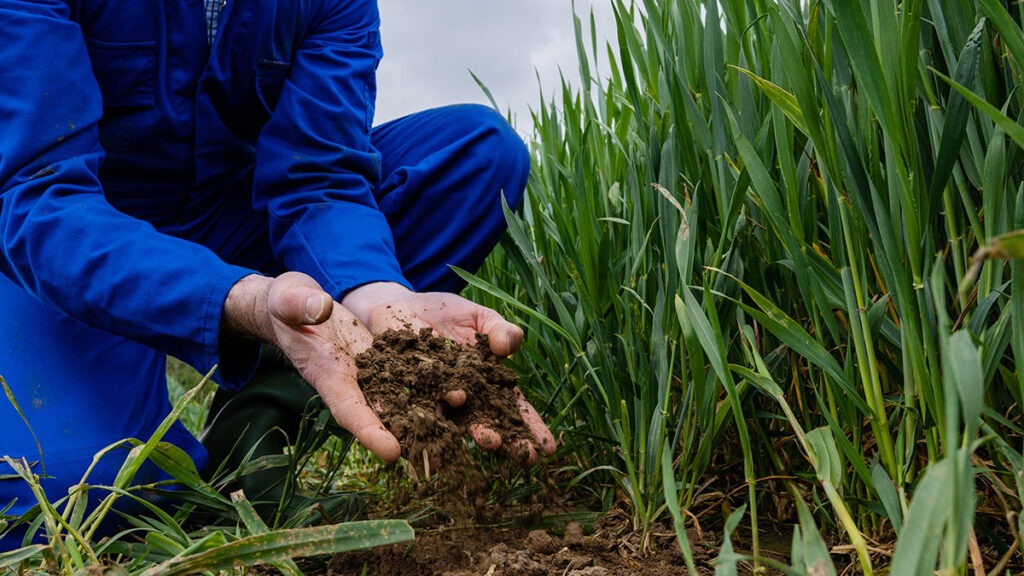Nature in the UK has been in the news a lot this week – yesterday, the apparent deliberate vandalism of a sycamore tree on Hadrian’s Wall has been the lead-story for many news outlets, and yesterday a new report “State of Nature 2023” was published, highlighting that one in six species is at risk of being lost from Great Britain.
The loss of our natural assets is shocking and set against that backdrop, the Government’s announcement on Wednesday 27 September that mandatory biodiversity net gain is to be delayed feels rather deflating.
As trailed by me and other commentators, mandatory Biodiversity Net Gain was due to be introduced for applications submitted in November 2023 for most developments that our clients will be promoting. Somewhat unexpectedly, although on reflection perhaps not given the absence of detail, the Government has announced that mandatory BNG will be delayed until January 2024. There is no change to the BNG start date for small sites (9 dwellings, or 1000 sq m) or Nationally Strategic Infrastructure Projects.
Although there has been some frustration at the last-minute delay (the development industry and beyond have been preparing for BNG for two years), the general market response seems to be sanguine on the basis that we await the following critical documents:
- the Regulations which will contain a lot of the legal detail of the new regime (the Environment Act 2021 sets the broad framework). Those Regulations will bring into legal effect the detail of the policy described in DEFRA’s responses to public consultations, so we hope that there will be no surprises and we will collectively have time to review properly the Regulations,.
- a template form of Biodiversity Gain Plan – the document which developers will need to submit to their Local Planning Authority for approval before they can start on site. Understanding the extent of the detail to be submitted is essential
- a template form of obligations or covenants, which will likely guide the content of early S106 Agreements or Conservation Covenants, which will be used to secure the delivery of BNG.
- An updated biodiversity gain metric, which will be used to assess biodiversity values of sites
- The form of habitat management and monitoring plan for BNG sites.
The silver lining on Wednesday, is that the Government says the above will be published in November, so we will have time to review carefully. Watch this space…..

